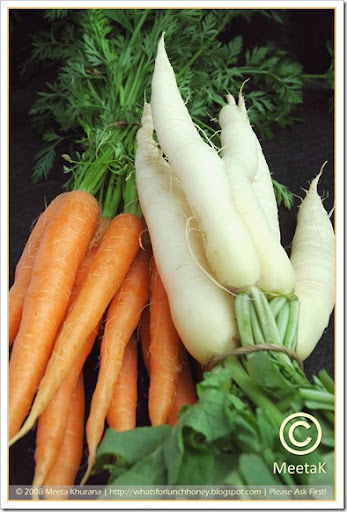Water is the one of the most essential nutrient present in food in our body. About 60-65% of the body weight in an adult is contributed by water. Water content varies from food to food as moisture is the integral part of all the food stuffs. Cereals and pulses contains 10-12% of water whereas fruits and vegetables contains 70-90% of water. 90% of blood plasma is contributed by water, 85% by kidneys, 80% by muscles and skin and about 5% of water in the dentine.
Importance of Water:
1. Water is a universal solvent. It dissolves many substances which helps in digestion, absorption and excretion. Even cells contain water which provides a cushion effect i.e., shape, size and structure.
2. All the chemical reaction in our body takes place in water medium and reduces the toxic effect and keeps everything in dilute form. It helps in digestion by keeping the food in soluble form and makes it accessible for enzymes to act better on food.
3. All the secretion and the digestive juices contain water as a major component.
Example: Pancreatic juice, intestinal juice.
4. Consumption of large amount of water can prevent the accumulation of toxic substances and reduces the risk of kidney failure.
5. It maintains the blood volume, blood pressure, cardiac of food, acid base balance, osmotic pressure, etc.
6. Access water loss can alter the PH in the body. Right amount of it will maintain the right acid base balance.
7. It acts as a lubricant between the joints and helps in the skeletal movements.
8. It regulates the body temperature and acts as a good solvent, keeps the food components in soluble in form which helps in transport.
Abnormalities of Water:
The two possibilities that can happen in water imbalance are
1. Dehydration.
2. Water retention.
1. Dehydration:
A condition where there is extreme water loss, more than 20% water loss can be fatal and leads to death. Up to 10% loss can be tolerated and reversed.
Causes:
1. Vomiting and Diarrhea due to Gastrointestinal tract infections.
2. Sunstroke of heatstroke - loss of water in the form of sweat through skin by open pores.
3. Hormonal imbalance - In the deficiency of ADH (Anti Diuretic Hormone - It helps in the re-absorption of water in the distal convoluted tubule of nephron) as there is no water re-absorption excess of water is excreted in the form of urine which is known as Diabetes insipidus.
4. During fever and burns through the open pores water is loss from the body resulting in Dehydration.
Treatment:
1. Intravenous IV fluids must be administered in case of severe vomitings which is a combination of glucose, water and many salts.
2. ORS (Oral Dehydration Solution) must be consumed in case of severe diarrhea.
Composition of ORS: Dissolve in 1 ltr of water.
Sodium Chloride (NaCl) - 3.5 gms.
Potassium Chloride (KCl) - 1.5 gms.
Trisodium Citrate - 2.9 gms.
Glucose (C6H12O6) - 20 gms.
2. Water Retention:
This condition arises if large quantities of water is drunk to quench thirst in hot climate when at the same time they are additional sodium losses in the form of sweat. It is caused due to excess activity of ADH and aldosterone hormone. Excess IV fluids can also lead to water retention leading to the swelling of the body, a condition called Oedema. If the kidneys are impaired, urine is not excreted in required amounts which leads to accumulation of toxic substances which affects the brain and leads to septicaemia. Excess protein causes excess production of Urea and uric acid which leads to kidney failure.
Consequences:
Oedema can be all over the body and can be localised at certain parts of the body.
a. Solid Oedema - Water is retained the cells which combines with protoplasm leading to a hard mass.
b. Pit Oedema - Here, Water does not combine with the protoplasm and remain free which leave a depression and is soft to touch.
Treatment:
1. The fluid intake must be minimized some diuretics (that increase the flow of urine) must be administered.
2. Salt intake should be reduced as it aggravate the condition.
Hence, a minimum of about 1-1 1/2 litres of water must be consumed per day.



